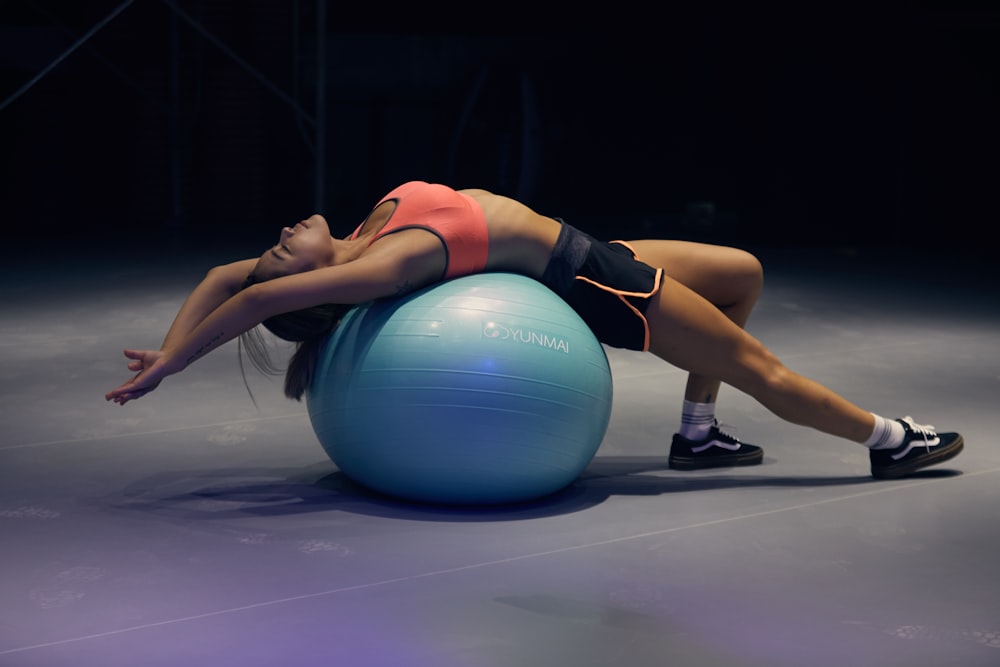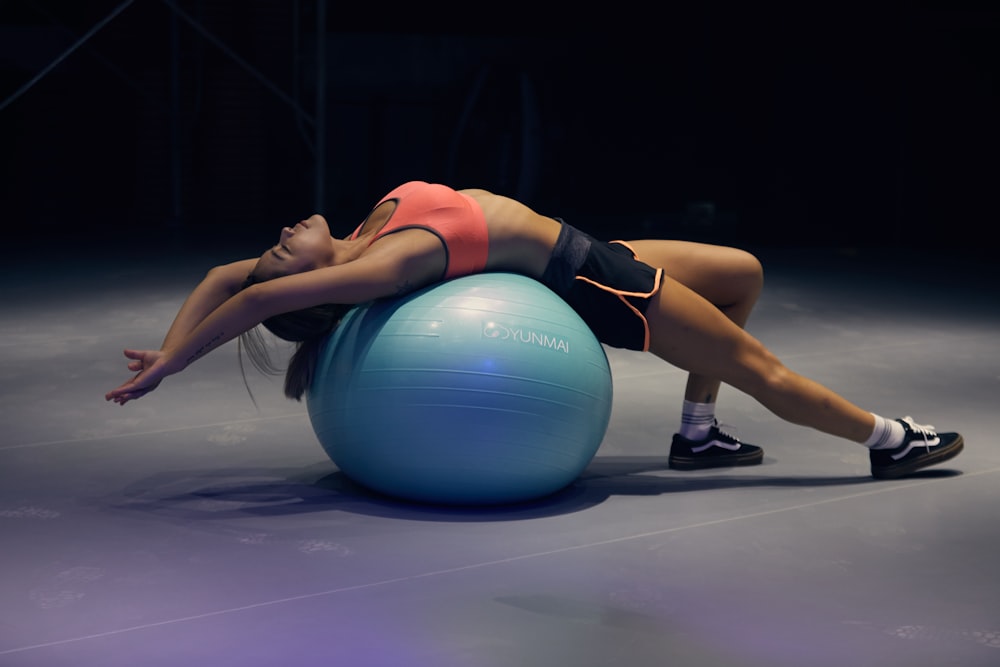
Kickstart Your Fitness Full Body Program for Beginners
Embarking on Your Fitness Journey: Full Body Workout Program for Beginners
Understanding the Importance of Starting Strong
Starting a fitness journey can be both exciting and daunting, especially for beginners. However, laying a solid foundation is essential for long-term success. A full body workout program designed specifically for beginners offers a comprehensive approach to fitness, targeting all major muscle groups and providing guidance on proper form and technique.
Setting Realistic Expectations
As a beginner, it’s important to set realistic expectations for your fitness journey. Understand that progress takes time and consistency, and don’t expect overnight results. A full body workout program for beginners is designed to gradually build strength, improve endurance, and enhance overall fitness levels. By setting achievable goals and focusing on progress rather than perfection, you can stay motivated and committed to your fitness journey.
Learning the Basics of Full Body Workouts
Before diving into your full body workout program, it’s essential to familiarize yourself with the basics of full body workouts. These workouts typically include a variety of compound exercises that target multiple muscle groups simultaneously. Examples of compound exercises include squats, lunges, deadlifts, push-ups, and rows. By incorporating these foundational movements into your workout routine, you can effectively strengthen your entire body and lay the groundwork for future progress.
Designing Your Full Body Workout Program
When designing a full body workout program for beginners, it’s important to focus on simplicity and consistency. Start with a manageable number of exercises and gradually increase intensity and volume as you progress. Aim to perform your full body workouts 2-3 times per week, allowing for adequate rest and recovery between sessions. Remember to prioritize proper form and technique over lifting heavy weights, as this will help prevent injury and maximize results.
Sample Full Body Workout Routine for Beginners
A sample full body workout routine for beginners might include exercises such as:
- Bodyweight Squats: 3 sets of 10-12 reps
- Push-Ups: 3 sets of 8-10 reps
- Dumbbell Rows: 3 sets of 10-12 reps per arm
- Lunges: 3 sets of 10-12 reps per leg
- Dumbbell Shoulder Press: 3 sets of 8-10 reps
- Plank: 3 sets of 30-60 seconds
This basic routine targets all major muscle groups and can be modified based on individual fitness levels and preferences. As you become more comfortable with the exercises, you can gradually increase weight, reps, or sets to continue challenging yourself and promoting progress.
Listening to Your Body
Listening to your body is crucial when starting any fitness program, especially as a beginner. Pay attention to how your body responds to exercise and make adjustments as needed. If you experience pain or discomfort during a workout, stop immediately and consult with a fitness professional or healthcare provider. Remember that rest and recovery are just as important as exercise itself, so be sure to prioritize both in your fitness routine.
Staying Consistent and Motivated
Consistency is key when it comes to achieving fitness goals. Make a commitment to yourself to stick to your full body workout program, even on days when you don’t feel like exercising. Find ways to stay motivated, whether it’s setting short-term goals, tracking your progress, or finding a workout buddy to hold you accountable. Remember that every workout brings you one step closer to your goals, so stay focused and keep pushing forward.
Incorporating Variety and Progression
To keep your full body workout program fresh and exciting, don’t be afraid to incorporate variety and progression into your routine. Try new exercises, vary your rep ranges, or experiment with different training techniques to keep your workouts challenging and engaging. As you progress, continue to push yourself outside of your comfort zone and set new goals to strive for. By embracing variety and progression, you can keep your fitness journey fun and sustainable for the long haul.
Fueling Your Body for Success
Finally, remember that nutrition plays a crucial role in supporting your fitness journey. Fuel your body with nutritious foods that provide the energy and nutrients it needs to perform at its best. Prioritize whole foods such as fruits, vegetables, lean proteins, and whole grains, and stay hydrated by drinking plenty of water throughout the day. By nourishing your body from the inside out, you can enhance your performance, support recovery, and maximize the results of your full body workout program for beginners. Read more about full body workout program for beginners









